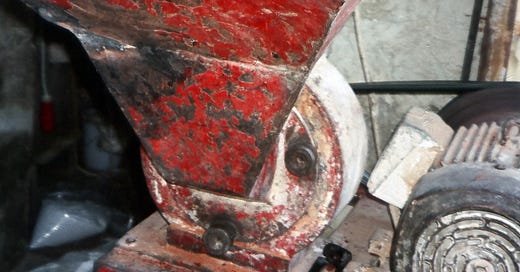I had planned to write a smart little tale this week about how I survived Maine’s Big Freeze of 2023 with a bowl of Ukrainian-style beetroot borsch. That’s the correct way to spell the famously restorative soup, according to chef and food writer Olia Hercules—for more information, check out her great cookbook, Summer Kitchens: Recipes and Reminiscences …
Keep reading with a 7-day free trial
Subscribe to On the Kitchen Porch to keep reading this post and get 7 days of free access to the full post archives.



